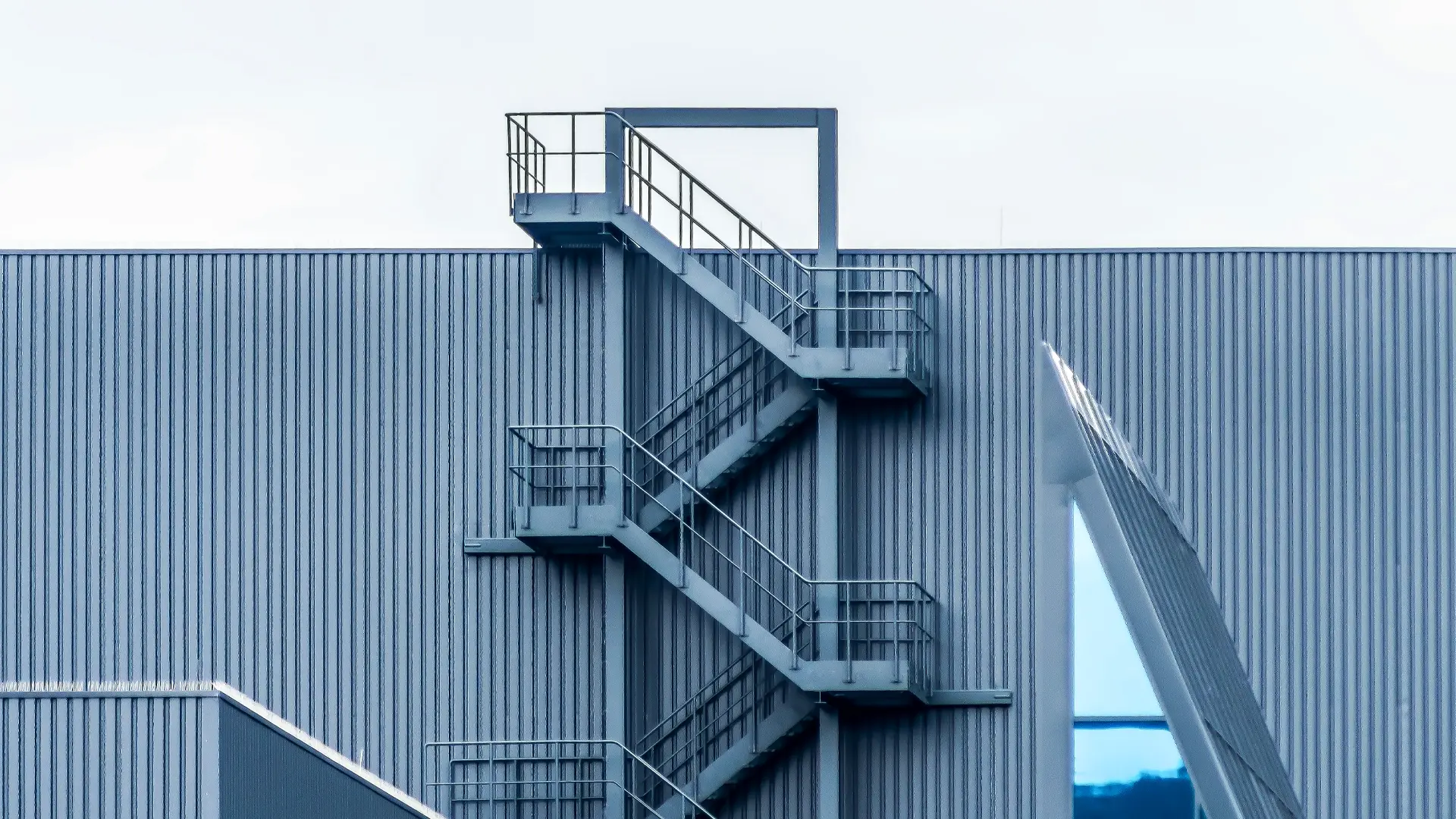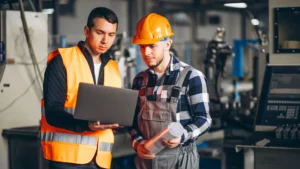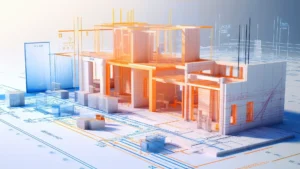Global Steel Structural Standards and Best Practices 2025
Structural Steel is the backbone of modern infrastructure, from skyscrapers to bridges, ensuring strength, safety & sustainability. But did you know that steel structural standards vary across the globe? In this blog, we will explore the different Global Steel Structural Standards and discuss the best practices in Steel Detailing for 2025. We will also know the key differences in these standards and their importance for the future construction industry.
So, let’s dive in.
Why so many different standards?
Steel Structural Standards have evolved based on regional engineering practices, environmental conditions & historical needs. For example, earthquake-prone areas require seismic load considerations, while regions with heavy snowfall focus on load-bearing capacity. These standards ensure safety, durability & efficiency in construction while maintaining local compliance.
By having customized standards, each country ensures that its infrastructure can face specific challenges. This global variation also allows Structural Steel Detailing companies and steel fabricators to innovate within established frameworks. It also helps you understand how and which steel drafting services to choose.
Different Standards in Different Regions
Every continent has its own geographically customized set of standards, helping them build better steel designs and structures. Let’s break down the major Steel Structural Standards globally and explore their key components and relevance.
American Steel Structural Standards
In the United States, steel structural standards are highly developed, ensuring the design and construction processes meet stringent safety and quality measures.
AISC (American Institute of Steel Construction)
- The AISC guidelines form the backbone of steel design and fabrication in the U.S.
- Their Key Focus is on structural stability, connection detailing, load resistance & weld quality.
- AISC standards such as “AISC 360” provide specifications for load-bearing capacities, ensuring structures can bear environmental and seismic forces.
ASTM (American Society for Testing and Materials) International
- ASTM also known as the American Society for Testing and Materials, used internationally, sets specific standards for materials used in structural steel, such as –
- ASTM A36 – Widely used for structural carbon steel.
- ASTM A992 – A common grade for wide-flange beams, known for its strength and weldability.
ANSI (American National Standards Institute)
- ANSI the American National Standards Institute coordinates voluntary standards that apply to safety, construction practices & fabrication requirements.
AWS (American Welding Society)
- AWS, also called the American Welding Society, sets guidelines for welding practices to ensure high-quality joints in steel structures, essential for durability and stability.
- American standards emphasize precision and provide clear codes, allowing steel structural detailers to achieve accurate, efficient & safe designs.
African Standards
In Africa, the standards vary significantly due to diverse regional requirements. However, several core frameworks guide steel structural designs.
SANS (South African National Standards)
- SANS 10162:1 is the primary standard used in South Africa for Steel Structure Design. Steel Structural Detailers in all parts of South Africa use this to maintain the precision and accuracy of structures.
- Key Elements –
- It addresses material selection, strength calculations & design loads (including wind and live loads).
- Special attention is given to high-wind zones, which are prevalent in parts of Southern Africa.
ISO Standards
- In many African countries, ISO standards such as ISO 10721 (General Rules for Steel Structures) are adopted. This is because they work with the regional geography and requirements of steel detailers.
- These standards ensure interoperability with global construction processes and materials.
Regional Challenges
As Africa sees rapid urbanization, localized challenges, such as lack of uniform regulations, are addressed by regional adaptations of international codes.
Efforts are ongoing to unify standards under the African Union, ensuring consistent infrastructure development.
Asian Steel Standards
Asia is home to some of the world’s largest steel producers and consumers. The diversity in climate and construction practices has led to custom steel standards across countries.
JIS (Japanese Industrial Standards)
- Japan’s JIS focuses on seismic safety, given the country’s vulnerability to earthquakes.
- Key Component –
- Standards like JIS G3101 regulate structural steel grades (e.g., SS400), ensuring strength and ductility to withstand seismic forces.
IS (Indian Standards)
- The IS 800 code provides detailed guidelines for the design and construction of steel structures in India.
- Key Highlights –
- Addresses load-bearing calculations, steel connections & environmental considerations.
- The IS code is critical for large infrastructure projects, including bridges and skyscrapers.
GB (Chinese Standards)
- China’s GB/T standards regulate steel material properties and design specifications.
- Examples include –
- Q235: Widely used carbon steel with good welding properties.
- Q345: A high-strength, low-alloy steel ideal for heavy-load structures.
Korean and ASEAN Standards
- Countries like South Korea and members of ASEAN (Southeast Asia) have localized standards, with a strong emphasis on environmental loads, such as typhoons.
Asia’s focus on advanced technology and seismic resistance makes its standards globally influential.
European Steel Structural Standards
Europe leads the way in standardized steel design and quality through its harmonized framework.
Eurocode 3 (EN 1993)
- Eurocode 3 governs the design of steel structures across Europe.
- Key Features –
- Structural load capacity (wind, snow & seismic forces).
- Fire resistance and corrosion control.
- Material strength classifications ensure structures can endure varying environmental conditions.
CE Marking
- All steel products used in European projects must meet CE Marking requirements, ensuring consistent quality and compliance.
British Standards (BS)
- While the UK has transitioned to Eurocodes, standards like BS 5950 remain influential in steel design.
- It provides practical guidelines for material selection and structural analysis.
DIN Standards (Germany)
- Germany’s DIN standards emphasize precision, durability & environmental sustainability.
- Popular standards include DIN EN 10025 for hot-rolled steel products.
European standards are known for their rigorous safety requirements and focus on environmental sustainability.
Why are these International Standards Important?
Steel structural standards play a vital role globally, ensuring –
- Safety: Preventing structural failures and accidents.
- Durability: Increasing longevity of steel structures.
- Compliance: Meeting local and global building regulations.
- Sustainability: Promoting eco-friendly materials and processes.
- Efficiency: Enhancing cost-effective and high-performance construction.
Best Steel Detailing Practices
To meet international standards, companies must adopt best practices in steel detailing. Some of the key approaches for 2025 are listed below. One can adapt them for better steel detailing structures and designs.
-
3D Modeling and BIM (Building Information Modeling)
Use advanced BIM tools like Tekla Structures and AutoCAD to ensure accuracy and detect design clashes early. You can even have advanced 3D modeling for better results.
-
Precision and Consistency
Follow regional codes and double-check dimensions to ensure fabrication accuracy. This will make your steel structure design perfect.
-
Quality Assurance
Implement regular inspections during detailing, fabrication & construction to keep the quality of what you give.
-
Collaboration
Seamless communication between structural steel detailers, engineers & fabricators ensures project success.
-
Eco-Friendly Materials
Design with sustainability in mind, reducing waste and improving energy efficiency.
Conclusion
Global steel structural standards are important for ensuring safety, durability & sustainability across construction projects. From AISC in America to Eurocode 3 in Europe and JIS in Japan, each standard addresses regional challenges while guiding the construction industry. By adopting best practices like BIM technology and precision detailing, professionals can meet evolving industry benchmarks in 2025. Compliance with these standards ensures structural integrity, making steel detailing an indispensable aspect of modern infrastructure.






